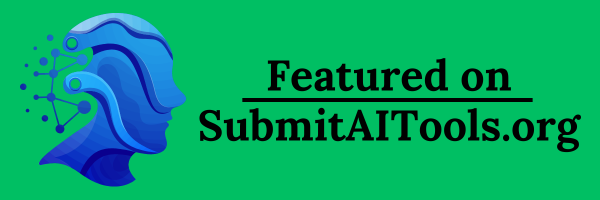Content Collaboration
Content Collaboration refers to the process of working together with influencers, brands, or other creators to produce, share, and promote content that resonates with a target audience.
Frequently Asked Questions
What is Content Collaboration?
Content Collaboration involves multiple parties coming together to create and share content. This could take the form of co-authored blog posts, joint social media campaigns, shared video projects, or other coordinated marketing efforts that enhance the reach and impact of the content.
Where is Content Collaboration used?
Content Collaboration is utilized across various platforms including social media, blogs, podcasts, YouTube, and other digital marketing channels. Brands often collaborate with influencers on Instagram, TikTok, YouTube, and other channels to amplify their message.
When should Content Collaboration be used?
Content Collaboration should be used when launching new products, during promotional campaigns, or to generate buzz around events. It also helps when trying to tap into new audiences or enhance brand credibility through partnerships with trusted influencers.
Why do we need Content Collaboration?
Content Collaboration is essential as it leverages the combined audience and credibility of each collaborator, thereby increasing visibility, enhancing engagement, and fostering authentic connections with the target audience. It also leads to more diverse content that can attract wider demographics.
How to execute Content Collaboration effectively?
To execute Content Collaboration effectively, brands should identify the right partners whose audience aligns with their own, clearly define goals and roles, maintain open communication, and measure the success of the collaboration through engagement metrics and reach.
Key Takeaways
In the realm of influencer marketing, Content Collaboration is vital for brands seeking to enhance their impact and reach. By collaborating with others, brands can create richer, more engaging content that resonates with audiences, leading to increased brand loyalty and sales.
Hot Glossary Terms
Influencer Marketing
Influencer Marketing is a strategy that leverages the influence of individuals with large followings on social media to promote products or services, aiming to reach a targeted audience effectively.
Social Media Marketing
Social Media Marketing refers to the use of social media platforms and websites to promote a product or service, encouraging user engagement and brand awareness through content creation and sharing.
Content Strategy
Content Strategy is a comprehensive plan aimed at creating, publishing, and managing high-quality content to achieve business goals and enhance user engagement.
Brand Partnerships
Brand Partnerships refer to collaborative relationships between two or more brands or influencers aimed at promoting mutual interests and achieving shared goals through combined marketing efforts.
Engagement Rate
Engagement Rate is a key performance metric in social media and influencer marketing that measures the level of interaction and engagement a piece of content receives from its audience.
Related Terms
User Engagement Strategies
User Engagement Strategies are techniques and tactics employed by brands and influencers to foster interaction, build relationships, and create lasting connections with their audience.
Instagram Reels
Instagram Reels is a short-form video feature on the Instagram platform that allows users to create and share engaging 15 to 60-second videos, often set to music.
Affiliate Marketing Statistics
Affiliate Marketing Statistics provide essential insights into the performance, trends, and effectiveness of affiliate marketing strategies, aiding marketers and businesses in making informed decisions.
Niche Market
A Niche Market refers to a specialized segment of the market for a specific kind of product or service, allowing businesses to target specific consumers who have particular needs or preferences.
Audience Engagement
Audience Engagement refers to the interaction and involvement of the audience with content provided by brands, influencers, or creators on various platforms.







